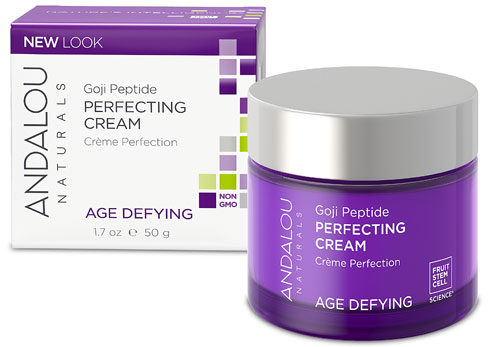Sometimes, despite our best efforts to protect our skin (wearing hats, applying sunscreen, minimizing direct sun exposure. etc.), we end up with hyperpigmentation spots. While a sprinkling of freckles can be a nice sun-kissed look when you’re young, dark blotches that start appearing on your face later just aren’t cute. In fact, such marks can make us look even older than we are. Same goes for our hands and chests. These areas are delicate and more susceptible to signs of aging, such fine lines, wrinkles and – yes – stubborn sun spots.
How to brighten skin
Solutions to this pigmentation problem range from mild plant-based creams to intense laser treatments and, the most aggressive option, skin bleaching. There are positives and negatives to each approach and you should, of course, consult a medical professional before embarking on any treatment journey, but here is a quick run down of your skin brightening options and how to make the best of them.
1. The Mild Approach: Serums, Scrubs, Creams, Masks & More
Many of us use serums a part of our daily skincare routine, and let’s be honest, who doesn’t love a good sheet mask? These types of beauty products are made specifically to lighten spots of hyperpigmentation, brighten skin and even to help prevent new dark spots from appearing.
The upside is that you can get these treatments pretty much anywhere from drugstores to high-end cosmetic shops. Prices vary, but more expensive doesn’t always mean better. The downside is that some of products have to be applied for weeks if not months before you see significant change. Plus, many high-end creams and serums come with a price tag to match.
One of the most popular and simplest ingredients for brightening skin is vitamin C, and you will find it in a multitude of products (and they don’t have to be expensive!). As it turns out, the topical application of vitamin C serums (especially when paired with vitamin E) puts antioxidants to work to stop sun damage, protecting skin from future damage. It can also help to reduce spots of hyperpigmentation.
You’ll find similar benefits from creams with enzymes, peptides and other naturally derived ingredients which increase the rate of skin regeneration and helps bring new skin cells to the surface faster.
It’s important that you don’t think vitamin C and similar treatments can take the place of sunscreen, because it can’t, and it shouldn’t. They work in two very different but very helpful ways to protect your skin. But paired together they can make one serious protection plan against sun damage.
2. The Moderately Aggressive Approach: Peels, Microdermabrasion & Lasers
Peels, microdermabrasion and lasers all have one thing in common – they are semi-invasive forms of skin treatments that are meant to manually alter the pigmentation of skin and/or remove layers of skin already affected by hyperpigmentation.
While some of these enzymatic peels are considered less aggressive and can be done at home (alpha hydroxy and glycolic acid are the two most common), microdermabrasion and laser treatments should be done by a trained specialist or medical professional, otherwise you risk serious harm to your skin.
The positives are that these treatments work rather quickly, producing results within a handful of sessions if not immediately. The negatives are that some of these more invasive approaches can be painful, and the success rate can vary significantly depending on your skin type and tone.
A consultation with a specialist will tell you which options are best for you and give you a realistic idea of how many treatments you will need and the results you can expect.
3. The Don’t-Try-This-at-Home, Kids Approach: Skin Bleaching
In it’s most aggressive form, there is a topical treatment using the controversial but reportedly highly effective ingredient hydroquinone. While the success rate of lightening skin with this prescription topical treatment is clear, there are also many harsh side effects including but not limited to dry skin, peeling skin, irritation and allergic reactions (such as hives, itching and burning). Studies found abnormal function of adrenal glands and elevated concentrations of mercury in some users of hydroquinone. Because of theses findings, some countries have banned hydroquinone including Japan, the European Union and Australia.
Ready to brightenup? Here are some top natural solutions to try:








